The iPhone, a flagship product of Apple Inc., is renowned for its sleek design, user-friendly interface, and robust functionality. However, like any sophisticated electronic device, it is not immune to technical glitches. One of the more perplexing issues that users encounter is the unexpected beeping sound that can occur in various scenarios.
This beeping can manifest during phone calls, while charging, or even when receiving notifications, leading to confusion and frustration among users. Understanding the underlying causes of these beeping issues is essential for effective troubleshooting and restoring the device to its optimal performance. The beeping sounds can range from subtle alerts to more pronounced notifications, and they can occur at inopportune moments, disrupting conversations or causing distractions.
For many users, these sounds are not just an annoyance; they can signify underlying problems that may require immediate attention.
In this article, we will explore the common reasons behind iPhone beeping issues and provide detailed troubleshooting tips to help users resolve these problems efficiently.Key Takeaways
- iPhone beeping issues can be caused by various factors, including software and hardware issues.
- Common reasons for iPhone beeping include notifications, low battery, alarms, and app notifications.
- Troubleshooting tips for iPhone beeping during calls include checking for call waiting and call forwarding settings.
- To troubleshoot iPhone beeping during charging, try using a different charging cable or power adapter.
- Address iPhone beeping due to software updates by ensuring that the device is running the latest iOS version and checking for app updates.
Common reasons for iPhone beeping
There are several reasons why an iPhone may emit beeping sounds, each linked to different functionalities of the device. One of the most prevalent causes is related to notifications. The iPhone is designed to alert users about incoming messages, emails, and app updates through various sound cues.
If a user has multiple apps sending notifications, the cumulative effect can lead to a series of beeps that may seem overwhelming. Additionally, settings such as Do Not Disturb can sometimes fail to silence these alerts, leading to unexpected interruptions. Another common reason for beeping is related to hardware malfunctions or connectivity issues.
For instance, if the device is having trouble maintaining a connection with Bluetooth devices or Wi-Fi networks, it may emit beeping sounds as a warning. Similarly, issues with the charging port or battery can also trigger beeping alerts. Understanding these potential causes is crucial for users who wish to diagnose and rectify the problem effectively.
Troubleshooting tips for iPhone beeping during calls
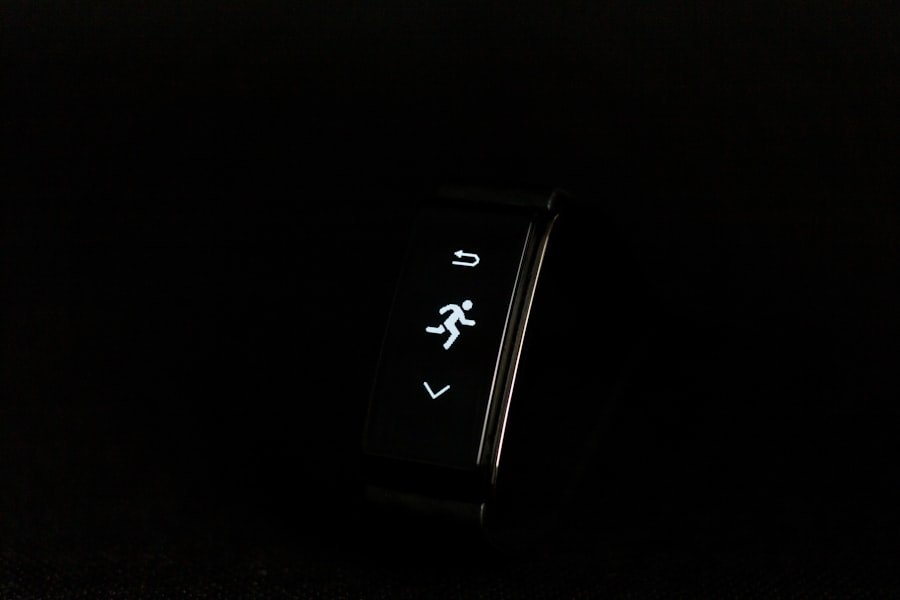
When an iPhone beeps during calls, it can be particularly disruptive. This issue may arise from several factors, including call waiting notifications or network-related alerts. To troubleshoot this problem, users should first check their call settings.
If call waiting is enabled, incoming calls will trigger a beep during an ongoing conversation. Disabling this feature can help eliminate the unwanted interruptions. Another potential cause could be related to network connectivity issues.
If the iPhone struggles to maintain a stable connection during a call, it may emit beeping sounds as a warning signal. Users should ensure that they are in an area with good cellular reception and consider toggling Airplane Mode on and off to reset the network connection. Additionally, restarting the device can often resolve temporary glitches that may lead to beeping during calls.
How to troubleshoot iPhone beeping during charging
| Issue | Possible Cause | Troubleshooting Steps |
|---|---|---|
| iPhone beeping during charging | Loose connection, faulty charger, software issue | 1. Check for loose connections 2. Try using a different charger 3. Restart the iPhone 4. Update the iPhone software |
Beeping sounds while charging an iPhone can indicate several issues, primarily related to the charging cable or port. If the device emits a beep when connected to a charger, it may suggest that the connection is unstable or that there is a problem with the charging accessory itself. Users should inspect the charging cable for any visible damage or fraying and consider trying a different cable or power adapter to see if the issue persists.
Another factor to consider is whether the charging port is clean and free from debris. Dust or lint accumulation in the port can interfere with the connection and lead to intermittent charging signals, which may result in beeping sounds. Using a soft brush or compressed air can help clear out any obstructions in the port.
If these steps do not resolve the issue, it may be necessary to consult Apple Support or visit an authorized service provider for further diagnosis.
Troubleshooting tips for iPhone beeping notifications
Notifications are a fundamental aspect of the iPhone experience, but they can also lead to excessive beeping if not managed properly. Users should start by reviewing their notification settings for each app installed on their device. By navigating to Settings > Notifications, users can customize how and when they receive alerts from individual applications.
Disabling sound alerts for less critical apps can significantly reduce the frequency of beeping. In addition to adjusting notification settings, users should also consider enabling Do Not Disturb mode during specific times of day when they prefer not to be interrupted. This feature silences all notifications and calls except for those from designated contacts, allowing users to maintain focus without constant distractions.
If beeping persists despite these adjustments, it may indicate a deeper software issue that could require resetting settings or updating the operating system.
Addressing iPhone beeping due to software updates

Software updates are essential for maintaining the performance and security of an iPhone; however, they can sometimes lead to unexpected behavior, including beeping sounds. After an update, users may notice new notification settings or features that were not present before, which could contribute to increased beeping alerts. To address this issue, users should first check if there are any additional updates available that might resolve bugs introduced in previous versions.
If the beeping continues after updating, it may be beneficial to reset all settings on the device. This action will restore default configurations without erasing personal data but will require users to re-enter Wi-Fi passwords and adjust preferences again. To perform this reset, navigate to Settings > General > Reset > Reset All Settings.
This process can often clear out any lingering software glitches that may cause unwanted beeping.
How to troubleshoot iPhone beeping due to low battery
A low battery can trigger various alerts on an iPhone, including persistent beeping sounds as a warning sign that power levels are critically low. When users experience this issue, it is crucial first to check the battery percentage displayed on the screen. If it is below 20%, connecting the device to a charger should alleviate both the low battery warning and any associated beeping.
If the device continues to beep even after being connected to power, it may indicate a problem with the battery itself or the charging system. Users should inspect their charging accessories for any signs of wear or damage and consider using a different charger or cable if available. Additionally, checking for battery health in Settings > Battery > Battery Health can provide insights into whether the battery needs replacement due to diminished capacity.
Troubleshooting tips for iPhone beeping during alarms and timers
Alarms and timers are designed to alert users at specific times; however, unexpected beeping can occur if these features are not configured correctly. Users should first verify that their alarm settings are accurate and that they have not inadvertently set multiple alarms that could overlap and create confusion with sound alerts. Checking the volume level for alarms in Settings > Sounds & Haptics is also essential; if set too high, it may lead to disruptive beeping.
If alarms continue to beep unexpectedly even after adjustments have been made, it may help to delete existing alarms and create new ones from scratch. This process ensures that any corrupted settings associated with previous alarms are cleared out. Additionally, ensuring that the device’s software is up-to-date can help prevent bugs related to alarm functionality from causing unwanted beeping.
Addressing iPhone beeping caused by app notifications
App notifications are one of the primary sources of beeping on an iPhone; however, managing these alerts effectively can significantly reduce disturbances. Users should take time to review which apps are allowed to send notifications by going into Settings > Notifications and customizing preferences for each application individually. Disabling sound alerts for non-essential apps can help minimize unnecessary beeping.
Moreover, some apps have specific notification settings within their interfaces that allow for further customization beyond what is available in system settings. For example, social media apps often allow users to mute notifications for specific conversations or groups without turning off all alerts entirely. By taking advantage of these features, users can tailor their notification experience and reduce unwanted beeping significantly.
How to troubleshoot iPhone beeping due to hardware issues
Hardware issues can sometimes manifest as persistent beeping sounds on an iPhone, particularly if there are problems with components such as the speaker or microphone. If users suspect hardware malfunctions are causing their device to beep unexpectedly, they should first perform a basic inspection of their phone for any visible damage or signs of wear. If no external damage is apparent but issues persist, running diagnostics through Apple’s support app or visiting an authorized service provider may provide further insights into potential hardware failures.
Technicians can conduct tests on various components of the device and determine whether repairs or replacements are necessary.
Conclusion and final troubleshooting tips
In summary, addressing iPhone beeping issues requires a systematic approach that considers various potential causes ranging from software settings to hardware malfunctions. Users should begin by identifying when and why their device emits these sounds—whether during calls, while charging, or due to notifications—and apply targeted troubleshooting techniques accordingly. Regular maintenance practices such as keeping software updated and managing notification settings can prevent many common issues from arising in the first place.
For persistent problems that cannot be resolved through standard troubleshooting methods, seeking professional assistance from Apple Support or authorized service providers is advisable to ensure that devices remain functional and reliable over time.
FAQs
What could be causing my iPhone to beep?
There are several reasons why your iPhone may be beeping, including notifications, low battery alerts, alarms, and incoming calls or messages.
How can I stop my iPhone from beeping?
To stop your iPhone from beeping, you can adjust your notification settings, charge your battery, dismiss alarms, or silence incoming calls and messages.
Why does my iPhone beep when it’s charging?
Your iPhone may beep when it’s charging to indicate that it has started or completed the charging process. This can be a normal function of the device.
Is it normal for my iPhone to beep randomly?
It is not normal for your iPhone to beep randomly without any apparent reason. If this is happening, it may be a sign of a software or hardware issue that needs to be addressed.
Can a software update fix the beeping issue on my iPhone?
In some cases, a software update can fix issues related to beeping on an iPhone. It’s recommended to keep your iPhone’s software up to date to potentially resolve any recurring beeping problems.

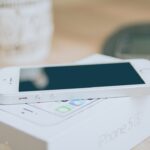




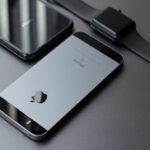

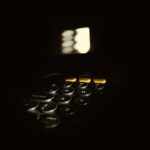

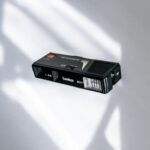
1 thought on “Why Is My iPhone Beeping? Troubleshooting Tips”